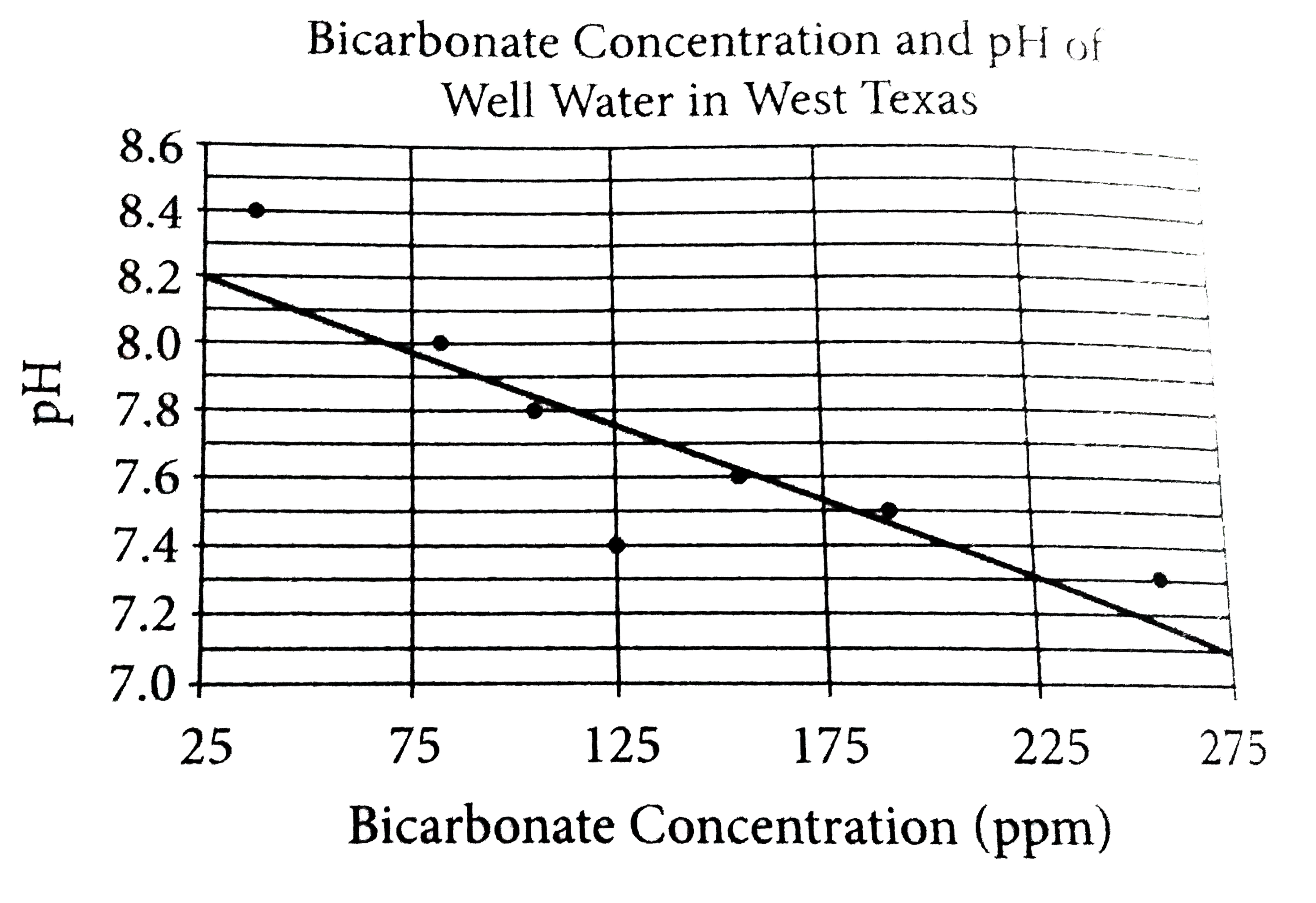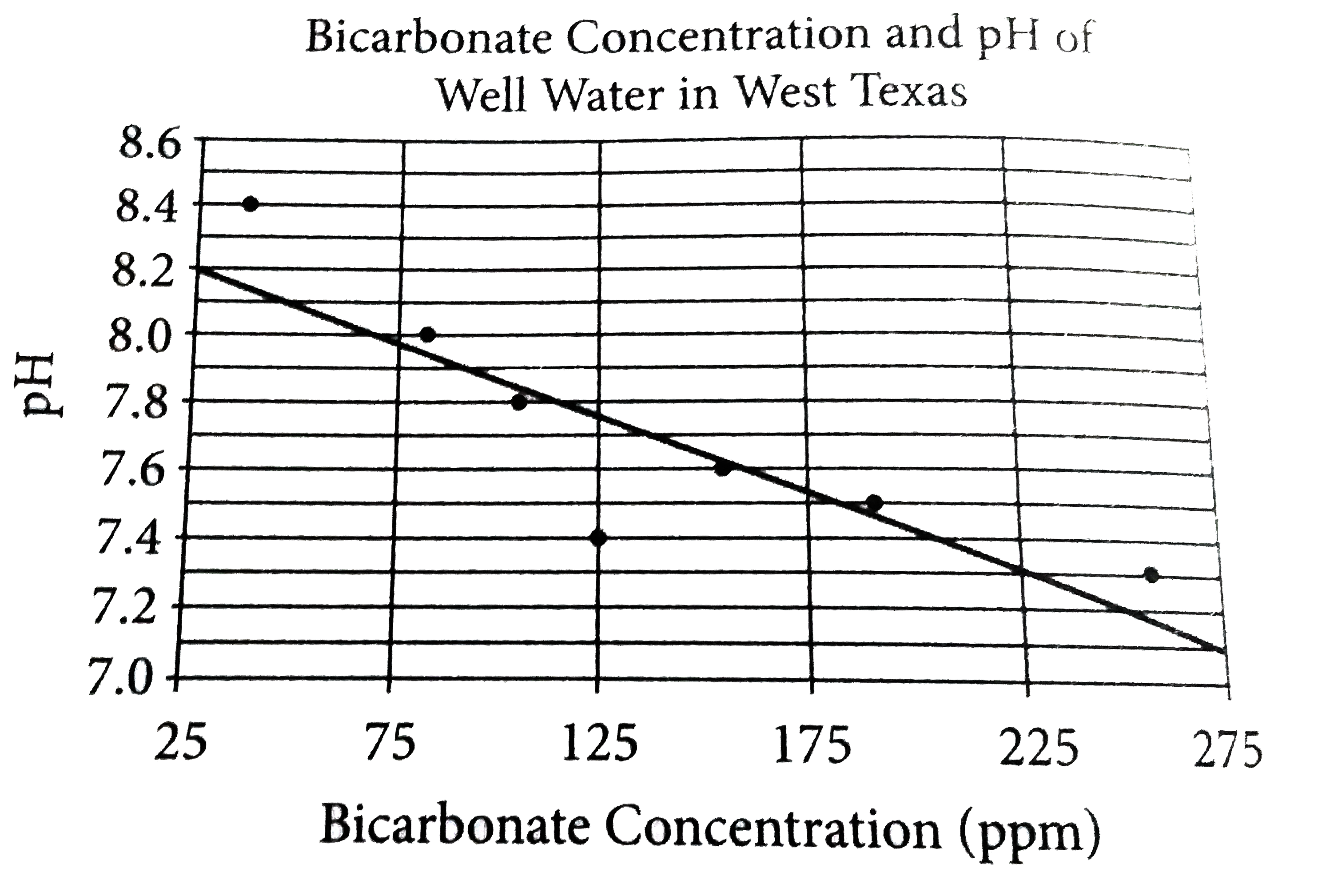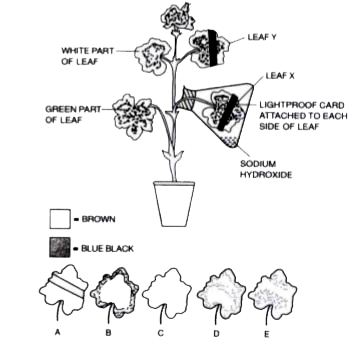Three water bodies were tested for salinity of water. Water body X showed salt concentration as 3 parts per thousand Y showed 35 parts per thousand and Z showed 110 parts per thousand salinity.
X can be a lagoon
Y can be a sea
Z ca be an inland river
None of these
The correct Answer is:B
To solve the question regarding the salinity of three water bodies (X, Y, and Z), we will analyze the salt concentrations and classify each water body based on its salinity.
1. Understanding Salinity:
Salinity is a measure of the concentration of salts in water, typically expressed in parts per thousand (ppt).
2. Analyzing Water Body X:
- Water body X has a salt concentration of 3 parts per thousand.
- Since this concentration is less than 5 parts per thousand, it is classified as inland water.
3. Analyzing Water Body Y:
- Water body Y has a salt concentration of 35 parts per thousand.
- This concentration falls within the range of 30 to 35 parts per thousand, which is characteristic of sea water.
4. Analyzing Water Body Z:
- Water body Z has a salt concentration of 110 parts per thousand.
- Since this concentration is greater than 100 parts per thousand, it is classified as a hypersaline lagoon.
5. Conclusion:
- Water body X is inland water.
- Water body Y is sea water.
- Water body Z is a hypersaline lagoon.
Final Classification:
- X: Inland Water
- Y: Sea Water
- Z: Hypersaline Lagoon
Salinity is a measure of the concentration of salts in water, typically expressed in parts per thousand (ppt).
- Water body X has a salt concentration of 3 parts per thousand.
- Since this concentration is less than 5 parts per thousand, it is classified as inland water.
- Water body Y has a salt concentration of 35 parts per thousand.
- This concentration falls within the range of 30 to 35 parts per thousand, which is characteristic of sea water.
- Water body Z has a salt concentration of 110 parts per thousand.
- Since this concentration is greater than 100 parts per thousand, it is classified as a hypersaline lagoon.
- Water body X is inland water.
- Water body Y is sea water.
- Water body Z is a hypersaline lagoon.
- X: Inland Water
- Y: Sea Water
- Z: Hypersaline Lagoon
Topper's Solved these Questions
- ORGANISMS AND POPULATIONBOOK - NCERT FINGERTPS ENGLISHCHAPTER - ORGANISMS AND POPULATIONEXERCISE - HOTS
5 Videos
- ORGANISMS AND POPULATIONBOOK - NCERT FINGERTPS ENGLISHCHAPTER - ORGANISMS AND POPULATIONEXERCISE - NCERT
20 Videos
- MOLECULAR BASIS OF INHERITANCEBOOK - NCERT FINGERTPS ENGLISHCHAPTER - MOLECULAR BASIS OF INHERITANCEEXERCISE - Molecular Basis Of Inheritance
151 Videos
- PRACTICE PAPERSBOOK - NCERT FINGERTPS ENGLISHCHAPTER - PRACTICE PAPERSEXERCISE - Practice paper
150 Videos
Similar Questions
Knowledge Check
Salt concentration (salinity) of the sea measured in parts per thousand is
A10−5B30−70C0−5D30−35
The scatterplot above shows the pH of seven well water samples in West Texas with respect to the bicarbonate concentration in ppm(parts per million). The line of best fit is also shown.
According to the scatterplot, which of the following statements about the relationship between a well's pH and its bicarbonate concentration is true?AA well with half as much bicarbonate as another well will have a pH twice that of the other wellBWells that have more bicarbonate tend to have higher pHCWells that have more bicarbonate tend to have lower pHDThe bicarbonate concentration of the well water is unrelated to its pH.
The scatterplot above shows the pH of seven well water samples in West Texas with respect to the bicarbonate concentration in ppm(parts per million). The line of best fit is also shown.
A new well is discovered in West Texas with a bicarbonate concentration of 225 ppm. According to the line of best fit, which of the following best approximates the pH of the well water?A7.1B7.3C7.4D8.4
The salt concentration is 30 -35 ( salinity in parts per thousand ) in
View SolutionFind out the correct match w.r.t. salinity (in parts per thousand)
View SolutionThe mercury content of a stream was believed to be above the minimum considered safe limit (1 part per billion, by mass). An analysis indicated that the concentration was 1.68 parts per billion. How many Hg atoms are present in 15 L of water, the density of which is 0.998 g/ml. (Hg = 200)
View SolutionA well-watered healthy potted plant with variegated leaves was kept in darkness for about 24 hours. It was then set-up as shown in the diagram below and exposed to light for about 12 hours. At the end of this time, leaf X and leal y were tested for starch. Study the diagram and answer the questions that follow

The experiment with leaf Y shows that photosynthesis requires the presence of certain factors. Mention any one factor.
View SolutionAssertion: The concentration of pollutants in water or atmosphere is often expressed in terms of ppm.
Reason: Concentration in parts per million can be expressed as mass to mass, volume to volume and mass to volume
View Solution
